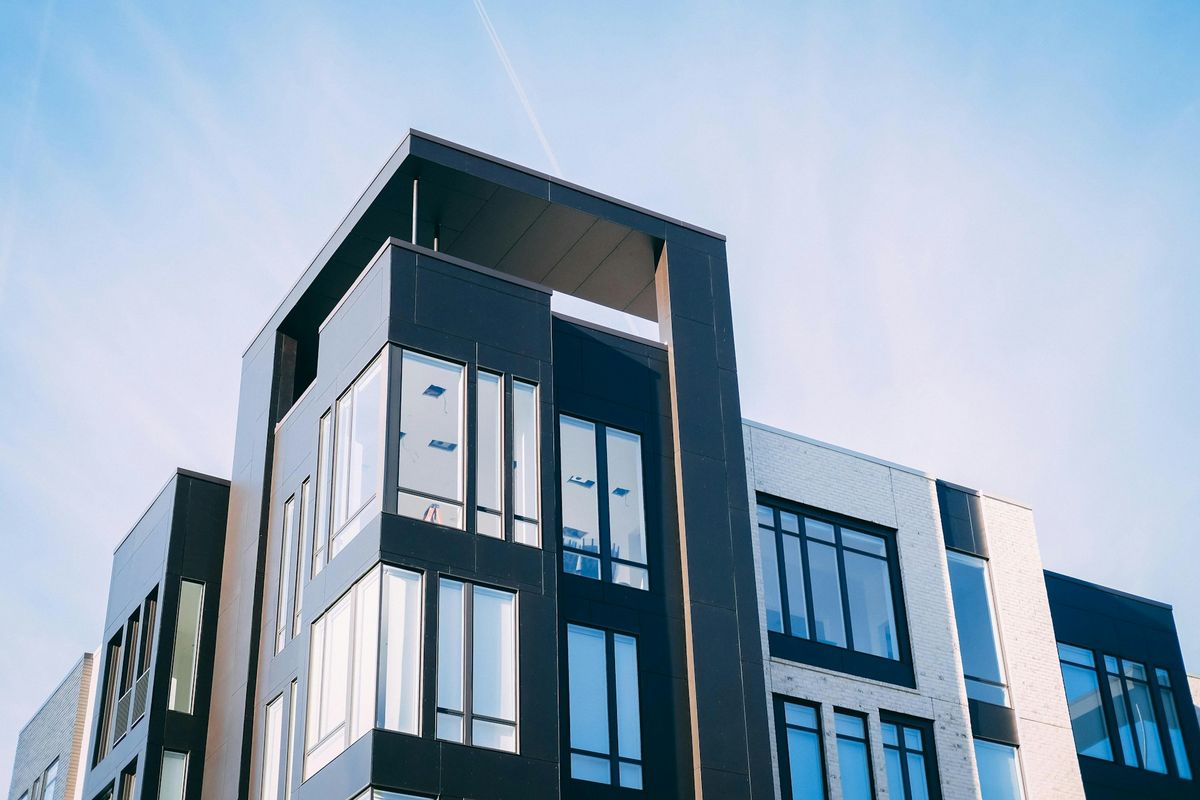%20(1).png)
Every property manager knows that 3 AM call. The one where a resident is locked out, maintenance needs emergency access, or a former tenant somehow still has gate access. These aren't just inconveniences—they're direct hits to your net operating income.
Smart access control isn't just about ditching key fobs. It's about transforming how multifamily properties operate, directly impacting the metric that matters most to owners and investors: your bottom line. When regional managers report to ownership about portfolio performance, net operating income tells the real story—and modern access technology is rewriting that narrative.
Traditional access systems drain budgets through hidden costs. Lost key fobs, rekeying locks, and manual access management eat into your net operating income faster than a broken HVAC in August. Smart access control eliminates these expenses entirely.
Consider what you're currently spending: physical key fobs that need constant replacement, emergency locksmith calls, staff hours managing credentials, and overtime for after-hours access issues. Properties using smartphone-based access report significant quarterly savings—with documented cases of saving thousands of dollars per quarter after switching to smart access control.
Automation eliminates:
When properties switch to cellular-based smart access, they don't just save money—they transform operational efficiency. Property managers handle access changes in seconds from anywhere, while maintenance teams get temporary codes that expire automatically. This isn't cost-cutting; it's cost elimination that directly improves net operating income.

Empty units are net operating income killers. Every day a unit sits vacant represents lost potential income that directly impacts your NOI calculations. Smart access control accelerates the leasing process in ways traditional systems can't match.
Leasing agents gain the ability to grant prospects instant, temporary access for self-guided tours—especially during evenings and weekends when most apartment hunting happens. No more coordinating schedules or rushing between properties with key rings. Regional managers report noticeable improvements in tour-to-lease conversions after implementing smart access.
The speed advantage:
For Class B and C properties competing on convenience, this technology levels the playing field. When prospects can tour at their convenience and move in immediately, you're reducing the vacancy losses that drag down Effective Gross Income (EGI) and ultimately your net operating income.

Today's renters—especially Millennials and Gen Z—expect smartphone convenience. They order groceries, manage banking, and control their homes through apps. Properties without smart access feel outdated before prospects even see the unit.
Smart access control isn't just an operational tool; it's a premium amenity that justifies higher rents. Properties with smart apartment features report commanding rent premiums, with access control as the cornerstone. Even modest rent increases across your portfolio create substantial improvements to annual net operating income.
Resident experience drivers that boost rents:
Regional managers use these features as powerful leasing tools. When competing properties still hand out plastic fobs, smartphone access becomes the differentiator that closes leases and supports premium pricing—directly enhancing your property's net operating income.
Smart access control unlocks revenue opportunities that traditional systems can't support. By controlling and monetizing amenity access, properties create new ancillary income streams that flow directly to net operating income.
Revenue-generating opportunities:
Property owners are transforming underutilized common areas into profit centers. Business centers become coworking spaces generating monthly revenue through controlled access memberships. Pool areas offer "day pass" access to non-residents' guests, creating seasonal revenue. These aren't massive changes—they're smart optimizations enabled by granular access control that boost net operating income.
Package rooms with controlled access reduce theft and liability while enabling partnerships with delivery services. Some properties charge premium delivery fees for secure, 24/7 package access—another revenue stream that contributes to improved net operating income.

Smart access control does more than boost current net operating income—it protects and enhances property value for future sales or refinancing. Properties with modern access systems typically appraise higher and attract better financing terms.
Institutional investors and REITs specifically seek properties with integrated technology infrastructure. They understand that smart access control:
The valuation impact: When calculating property value using the cap rate formula (Property Value = NOI / Cap Rate), even modest improvements to net operating income create significant value increases. The relationship between NOI and property value is direct and measurable—higher net operating income translates to higher property valuations.
Integration capabilities matter too. Properties with access control that connect to major property management platforms (Yardi, RealPage, Entrata) operate more efficiently and attract sophisticated buyers who value operational infrastructure.
The path to higher net operating income through smart access control follows clear operational improvements:
Operating expense reductions:
Revenue enhancements:
Each improvement compounds over time, creating sustainable increases to net operating income that benefit property owners, satisfy investors, and make life easier for property managers.
For property owners focused on optimizing multifamily NOI, these aren't projections—they're documented results from properties that made the switch.

Smart access control isn't about technology for technology's sake. It's about fundamentally improving how multifamily properties operate and generate income. When property managers sleep through the night without lockout calls, when regional managers show ownership consistent net operating income growth, and when investors see properties outperforming market averages—that's the real value of smart access.
The multifamily market in 2025 rewards properties that combine operational efficiency with resident satisfaction. Smart access control delivers both, creating sustainable net operating income improvements that compound over time. While competitors struggle with rising operational costs and resident turnover, properties with modern access systems are capturing market share and commanding premium valuations.
For property managers tired of access headaches, regional managers seeking portfolio optimization, and owners focused on maximizing returns—smart access control isn't an expense. It's an investment that enhances net operating income while transforming your property's financial performance.
The question isn't whether to upgrade your access control. It's whether you can afford not to while your competitors are already reaping the net operating income benefits.
Ready to see how smart access control can boost your property's net operating income? Calculate your potential savings and explore solutions designed specifically for multifamily communities.